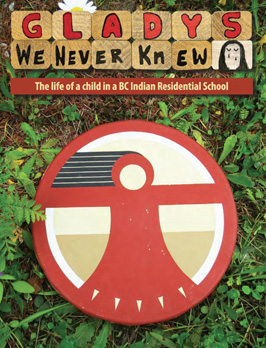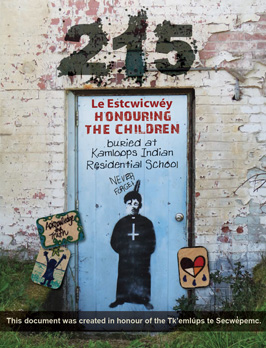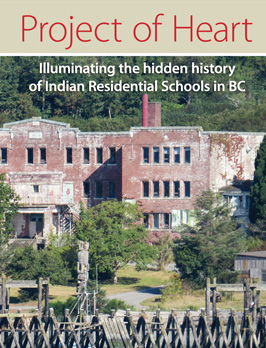
By Janet Nicol, writer and retired teacher, Vancouver
We have described for you a Mountain.
We have shown you a path to the Top.
We call upon you to do the Climbing.
– Justice Murray Sinclair,
Chair of the Truth and Reconciliation Commission of Canada
A path toward reconciliation between Canadians and Indigenous Peoples has been clearly laid out in the 94 Calls to Action delivered by the Truth and Reconciliation Commission (TRC) report in 2015. Yet nine years later, only 13 actions have been achieved. If Canada continues at this pace, observes the Toronto-based Yellowhead Institute, “…it will take another 58 years until the Calls to Action are completed, meaning that Indigenous Peoples will have to wait until 2081 for reconciliation.”
Teachers have an opportunity to challenge students on this issue by asking essential questions, such as, “Why is progress on the Calls to Action slow?” and “What actions can we take to ensure these goals are reached?”
To begin, students need to know the TRC was formed in 2008 to address the impact of forced assimilation and abuse of Indigenous people in residential schools. The commission travelled the country over seven years and heard stories from thousands of residential school Survivors. Their report is based on the hearings and includes the Calls to Action, a tool to guide governments, communities, and faith groups toward reconciliation.
Just of few of the resources available on TeachBC (bctf.ca/classroom-resources).
This writer was a social studies teacher in Vancouver at the time of the report’s publication and developed a lesson about the Calls to Action using the “jigsaw” method of instruction. The lesson, called TRC Call to Action Lesson, is available on TeachBC.
As a follow-up, teachers could ask students to note the 13 achieved actions to date, available on page 10 of the Yellowhead Institute’s online report Calls to Action Accountability: A 2023 Status Update on Reconciliation. Examples of achieved actions are Action 13, “…to acknowledge that Aboriginal rights include Aboriginal language rights…” and Action 94, to replace the Oath of Citizenship and add, “…I will faithfully observe the laws of Canada including Treaties with Indigenous Peoples…”
Learners could also break down the 94 actions into four categories, as suggested by the Yellowhead Institute: symbolic (efforts by Canadians), easy (quick wins), impactful (empowers Indigenous Peoples), and transformative (Indigenous Peoples’ self-determination).
The Yellowhead Institute website offers key reasons for the slow progress on the actions. These include Canadians’ institutional paternalism and prejudice toward Indigenous people and insufficient funding, points which could form the basis of student group discussions.
“Beyond 94,” a project by the CBC, also offers an instructive website for educators. The 94 actions are sorted into six categories: child welfare, education, language and culture, health, justice, and reconciliation. Teachers and students could click on each category to learn the status of the 81 “non-actions”—which range from “in progress” to “not started.”
For Indigenous-centred lesson aids, teacher workshops, and resources, see the BCTF Aboriginal Education site.





